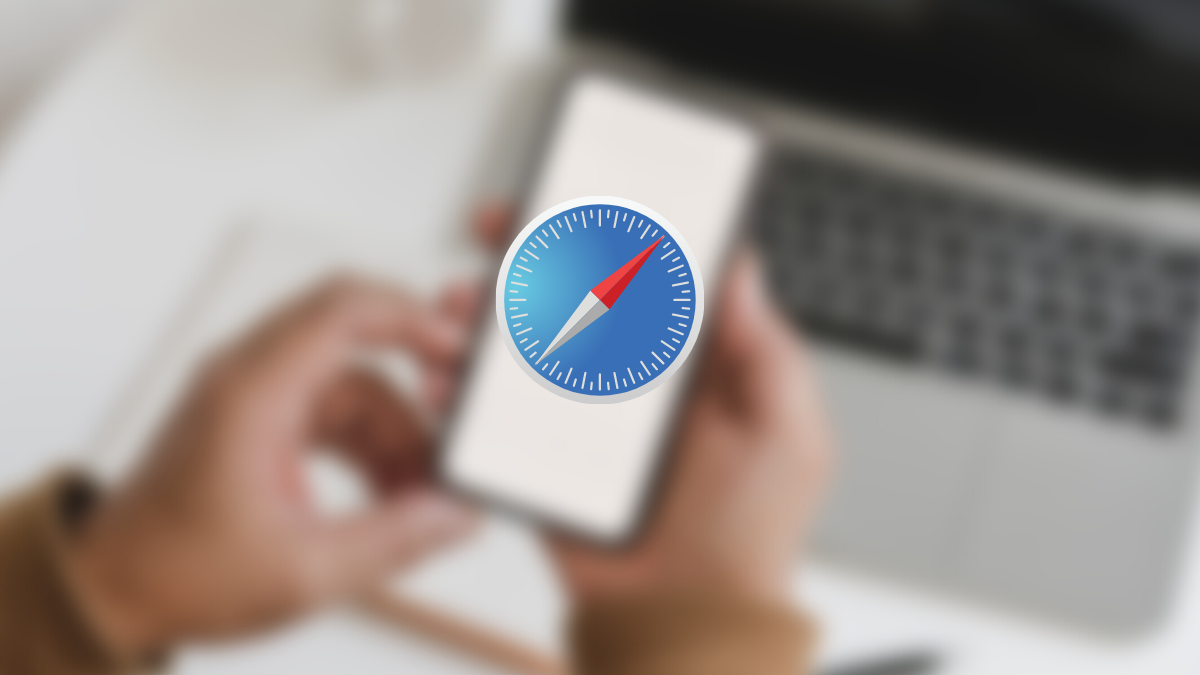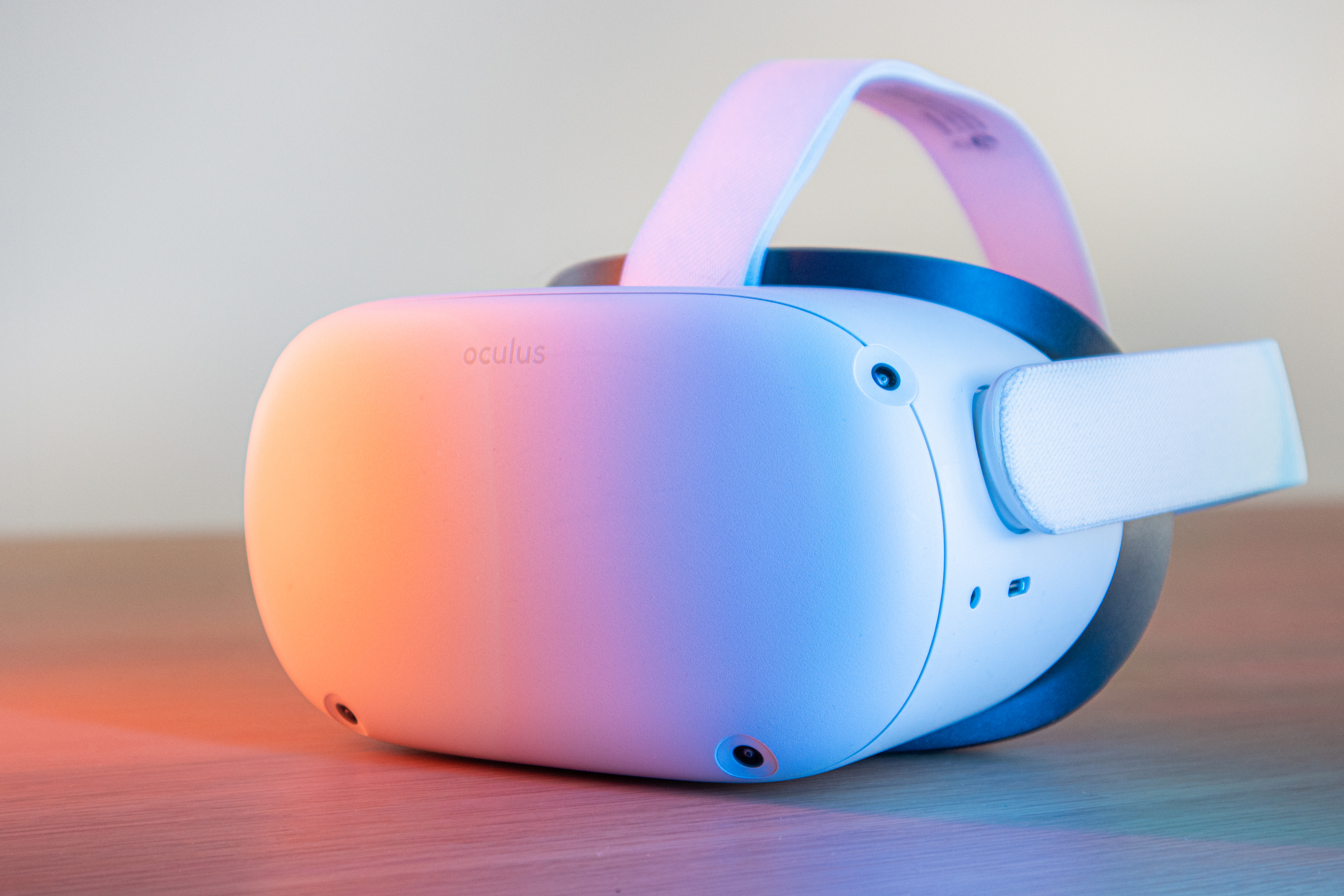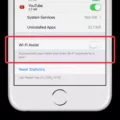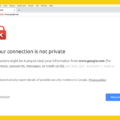One of the most frustrating experiences for iPhone users is when Safari, the default web browser, stops working. Whether you’re unable to load webpages or experiencing other issues with Safari on iOS 15, there are several potential causes and solutions to explore. In this article, we will discuss the common issues that can lead to Safari not working on iOS 15 and provide detailed solutions to help you get back to browsing seamlessly.
1. Check Your Internet Connection
One of the primary reasons Safari may not be working on your iPhone is a poor or unstable internet connection. Ensure that you are connected to a stable Wi-Fi network or have a strong cellular signal. You can try switching between Wi-Fi and cellular data to see if that resolves the issue. Additionally, check if other apps on your device can access the internet to determine if the problem is isolated to Safari or a broader connectivity issue.
2. Update iOS and Restart Your Device
Keeping your iPhone’s operating system up to date is crucial for optimal performance. Outdated software can lead to compatibility issues, including problems with Safari. To check for updates, go to Settings > General > Software Update and install any available updates. Once the update is complete, restart your device and check if Safari is functioning properly.
3. Check Safari Extensions
Safari extensions are third-party add-ons that enhance the functionality of the browser. However, incompatible or outdated extensions can cause Safari to malfunction. To check your installed extensions, open Safari and go to Settings > Safari > Extensions. Disable any suspicious or unnecessary extensions and try using Safari again.
4. Test with a Private Window
Opening a private window in Safari can help determine if the issue lies with the browser itself or with your settings. To do this, open Safari and tap the Tabs icon at the bottom-right corner. Then, tap the “+” icon to open a new tab and select “Private” at the bottom-left corner. Try accessing websites in the private window and see if Safari functions correctly. If it does, the problem may be related to your browsing history or cookies.
5. Check Safari Settings
Misconfigured settings in Safari can cause it to stop working. To check Safari settings, go to Settings > Safari. Ensure that features such as JavaScript, Block Pop-ups, and Cookies are enabled. You can also try clearing your browsing history and website data by tapping on “Clear History and Website Data.” Restart Safari and see if the issue persists.
6. Check iCloud Private Relay
With iOS 15, Apple introduced iCloud Private Relay, a feature that enhances privacy and security while browsing. However, it can sometimes interfere with Safari’s functionality. To disable iCloud Private Relay, go to Settings > Apple ID > iCloud > Private Relay, and toggle it off. Check if Safari starts working properly after disabling this feature.
7. Check VPN or Other Security Software
If you use a VPN or other security software on your iPhone, it’s possible that they are causing conflicts with Safari. Try disabling or temporarily turning off any VPN or security software you have installed and check if Safari starts working. If it does, you may need to adjust the settings of your VPN or security software to allow Safari to function correctly.
8. Check Network Settings
Occasionally, incorrect network settings can prevent Safari from working correctly. To reset network settings on your iPhone, go to Settings > General > Reset > Reset Network Settings. Keep in mind that this action will remove saved Wi-Fi passwords, so make sure you have them handy. After resetting network settings, reconnect to your Wi-Fi network or cellular data and check if Safari is now functioning properly.
Safari not working on iOS 15 can be frustrating, but there are several solutions to try. Check your internet connection, update iOS, disable incompatible extensions, test with a private window, review Safari settings, disable iCloud Private Relay, check VPN or security software, and reset network settings. By following these steps, you should be able to resolve most issues and get Safari back up and running smoothly on your iPhone.

Why is Your Safari Browser Not Working On Your iPhone?
There could be several reasons why the Safari browser is not working on your iPhone. Here are some possible causes:
1. Outdated iOS: Ensure that your iPhone is running the latest version of iOS. Sometimes, outdated software can cause compatibility issues with certain apps, including Safari. To check for updates, go to Settings > General > Software Update.
2. Network connectivity issues: Safari requires a stable internet connection to function properly. If your iPhone is not connected to a Wi-Fi network or if your cellular data is weak or turned off, Safari may not work. Check your network settings and ensure that you have a strong and stable internet connection.
3. Safari restrictions: It is possible that Safari has been restricted on your iPhone. This can happen if you or someone else has enabled restrictions in your device’s settings. To check this, go to Settings > Screen Time > Content & Privacy Restrictions > Allowed Apps, and make sure Safari is enabled.
4. Clear cache and website data: Accumulated cache and website data can sometimes cause issues with Safari. To clear the cache, go to Settings > Safari > Clear History and Website Data. This will remove all browsing history, cookies, and other cached data.
5. Disable Safari extensions: If you have installed any Safari extensions, they might be causing conflicts or compatibility issues. Try disabling them by going to Settings > Safari > Extensions and turning off any installed extensions.
6. Restart your iPhone: A simple restart can often resolve minor software glitches. Press and hold the power button until the “slide to power off” option appears. Slide the power off, wait for a few seconds, and then turn your iPhone back on.
If none of these solutions work, you may need to consider more advanced troubleshooting steps or seek technical support from Apple.
Why Does Safari No Longer Work?
There are several possible reasons why Safari may not be working on your device. Here are some of the common issues that can cause Safari to stop functioning:
1. Internet connectivity: Safari requires a stable internet connection to load web pages. If you are not connected to the internet or have a weak signal, Safari may not work properly. Check your Wi-Fi or cellular data connection to ensure it is working properly.
2. Outdated Safari version: Using an outdated version of Safari can cause compatibility issues with certain websites or web technologies. Make sure your Safari app is up to date by going to the App Store and checking for updates.
3. Cache and cookies: Accumulated cache and cookies can sometimes cause conflicts and prevent Safari from loading web pages correctly. Clearing the cache and cookies in Safari settings can help resolve this issue.
4. Website issues: Sometimes, the problem may not be with Safari itself, but with the website you are trying to access. Websites can experience temporary downtime, server issues, or compatibility problems that affect Safari’s ability to load them.
5. Restrictions and settings: Certain settings on your device may restrict Safari’s functionality. For example, parental controls or content restrictions can prevent access to certain websites. Check your device’s settings to ensure Safari is not restricted.
6. Software glitches: Occasionally, software glitches or bugs can affect Safari’s performance. Restarting your device or force-quitting the Safari app can help resolve these temporary issues.
It’s important to troubleshoot and identify the specific cause of Safari not working on your device. By addressing the potential issues mentioned above, you can often resolve the problem and get Safari functioning properly again.
How Do You Fix Safari Not Loading Web Pages?
To fix the issue of Safari not loading web pages, you can follow these steps:
1. Reload the page: Sometimes, the page may not load properly due to a temporary glitch. Simply refresh the page by tapping on the circular arrow icon in the address bar or using the “Reload” option in the menu.
2. Install software updates and restart: Ensure that your device has the latest software updates installed. Go to Settings > General > Software Update to check for any available updates. After updating, restart your device and try loading the web page again.
3. Check Safari extensions: If you have installed any Safari extensions, they may be causing conflicts or hindering the loading of web pages. Disable or remove any extensions by going to Safari > Preferences > Extensions, and then try accessing the web page.
4. Test with a private window: Open a private browsing window in Safari by tapping on the tab icon at the bottom right corner and selecting “Private.” This disables extensions and clears browsing data. If the web page loads successfully in the private window, the issue may be related to your browsing data or extensions.
5. Check Safari settings: Go to Settings > Safari and ensure that JavaScript, Cookies, and Pop-ups are enabled. Also, check if the “Block All Cookies” option is disabled. Adjust these settings accordingly and try loading the web page again.
6. Check iCloud Private Relay: If you have enabled iCloud Private Relay, it might affect the loading of web pages. Disable it by going to Settings > [Your Name] > iCloud > Private Relay, and try accessing the web page.
7. Check VPN or other security software: If you are using a VPN or any other security software, it may interfere with Safari’s functionality. Temporarily disable or adjust the settings of your VPN or security software, and see if the web page loads properly.
8. Check network settings: Ensure that you have a stable internet connection. Go to Settings > Wi-Fi or Settings > Cellular and make sure you are connected to a reliable network. If needed, try switching to a different network or restarting your router.
By following these steps, you should be able to troubleshoot and fix the issue of Safari not loading web pages on your iPhone or iPad.
Conclusion
If Safari is not working on your iPhone running iOS 15, there are several potential solutions you can try. The most common issue is a connectivity problem, so make sure you are connected to a stable and reliable internet connection. Additionally, updating your iOS software to the latest version and restarting your device can often resolve any software-related issues.
It’s also worth checking Safari extensions and disabling any that may be causing conflicts. Testing with a private window can help determine if the issue is specific to your browsing history or settings. Reviewing and adjusting Safari settings, as well as checking if iCloud Private Relay or any VPN or security software is affecting Safari’s functionality, can also be helpful.
If none of these steps resolve the problem, it may be worth checking your network settings and ensuring they are properly configured. If all else fails, you may want to consider contacting Apple Support for further assistance.
Remember, troubleshooting Safari issues on iOS 15 requires a systematic approach, checking various aspects such as internet connectivity, software updates, extensions, settings, and network configurations. By following these steps, you increase the chances of resolving the issue and getting Safari back up and running smoothly on your iPhone.








